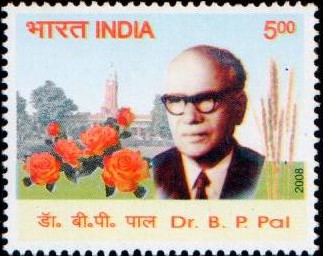
Benjamin Peary Pal
A commemorative postage stamp on Dr. B. P. Pal, first Director of Indian Council of Agricultural Research (ICAR) :
 Issued by India
Issued by India
Issued on Jan 5, 2008
Issued for : Department of Posts is proud to release a commemorative postage stamp on Dr. B.P. Pal.
Credits :
Stamp Design & Text : Provided by the proponent.
FDC & Cancellation : Alka Sharma
Type : Stamp, Mint condition
Colour : Multi Colour
Denomination : 500 Paise
Stamps Printed : 0.4 Million
Printing Process : Wet–offset
Printer : Security Printing Press, Hyderabad
Name : Benjamin Peary Pal
Born on May 26, 1906 at Mukandpur, Punjab, India
Died on Sep 14, 1989
About :
- Dr. B.P. Pal was born at Mukandpur in Punjab on 26 May 1906. He had his early education in Maymyo and Rangoon and got a Ph.D. degree in Plant Genetics and Agriculture from the University of Cambridge, UK in 1933. He joined the Indian Agricultural Research Institute (then known as the Imperial Agricultural Research Institute), located at Pusa in Bihar in October 1933 as Economic Botanist. In 1937, he became the Head of Division of Botany of IARI. He served as Director General of the Indian Council of Agricultural Research (ICAR). After retirement from ICAR, he served the nation in different capacities, including as Chairman of the National Committee on Environmental Planning and Coordination. Dr. Pal expired on 14 September 1989 after guiding with great dedication and distinction agricultural research and education in the country for nearly 60 years.
- Dr. Pal’s contributions to the agricultural renaissance of India are many and varied. As a geneticist and plant breeder, he spearheaded the breeding of wheat varieties resistant to the rusts and other diseases. The wheat variety NP809 which he helped to breed is the first variety in the world with concurrent resistance to stem, leaf and stipe rusts. He also bred numerous beautiful varieties of roses and bougainvillea. Even in his Ph.D. work in Cambridge, he showed that the exploitation of hybrid vigour is possible in a self-pollinated crop like wheat. His findings paved the way for the commercial exploitation of hybrid vigour in self-pollinated cereals like rice and wheat.
- Dr. Pal’s contributions to the promotion of agricultural research and education have been truly monumental. He was the prime architect of the All-India coordinated Research Projects involving inter-disciplinary and inter-institutional collaboration. He established a Post-graduate School at IARI in 1958 which helped to meet the human resource requirements of the Agricultural Universities of India. He fostered the growth of Agricultural Universities in all parts of the country in order to promote integrated attention to research, education and extension. He was the principal author of the chapter on “Education for Agriculture” in the report of the National Education Commission headed by Dr. D.S. Kothari. The symphony approach he promoted in agricultural research and development helped to launch the green revolution in the country in the mid-sixties.
- Dr. Pal has been a scientist’s scientist, admired universally by both scientists and artists for his unique gifts of wit and wisdom. His research contributions have received national and global recognition through numerous honours and awards, including Padma Vibhushan by the President of India, Fellowship of the Royal Society of London, Japan Science Academy and all the major Science Academies of India. His plea made 70 years ago for launching “a research for new genes” led to a global movement in the area of genetic resources conservation and enhancement. Through his efforts to mainstream ecological principles in technology development and dissemination he led the country into an era of sustainable agriculture and food security.
- Love of the beauty and diversity of nature and achieving the goal of food for all and for ever have been his abiding passions. He donated all his worldly belongings including two houses in New Delhi and Simla to the Indian Agricultural Research Institute. His life and work will continue to inspire generations of agricultural scientists and scholars.


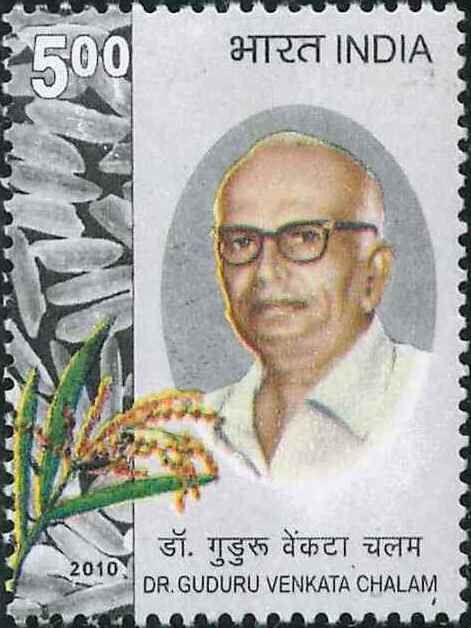
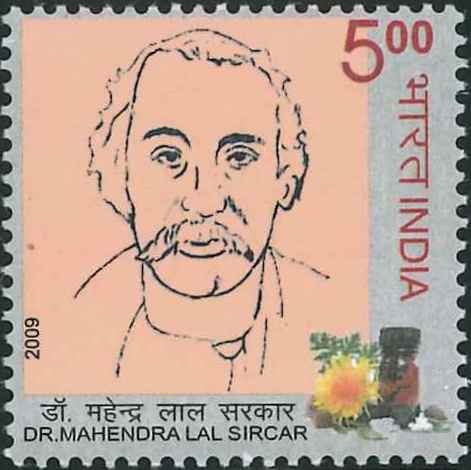
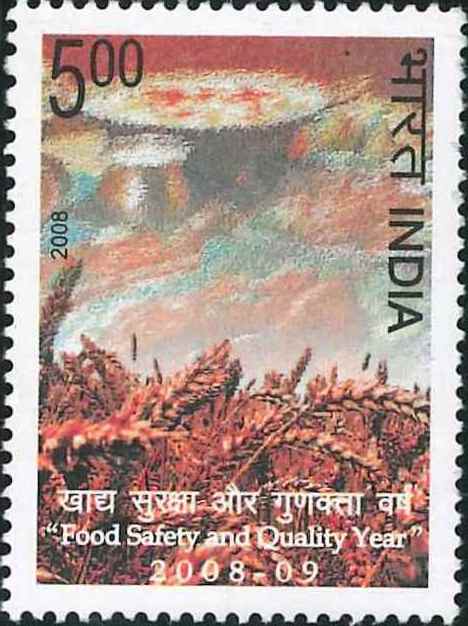
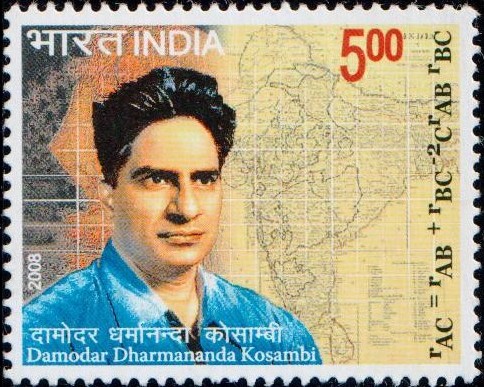
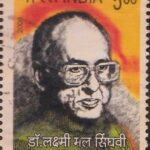
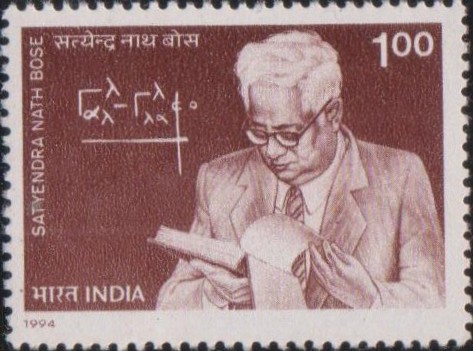
[…] variety from S.M. Bhattacharji (1964), the pristine pure white ‘Dr Homi Bhabha‘ (Pal, 1968), a lovely red and silver ‘Srinivasa‘ (Kasturirangan 1969), the […]
[…] : Based on ‘The Rose in India‘ by Dr. B.P. Pal, and ‘The Illustrated Encyclopedia of Roses‘ by Mr. Stirling […]